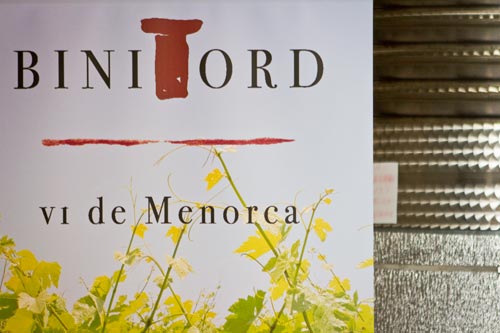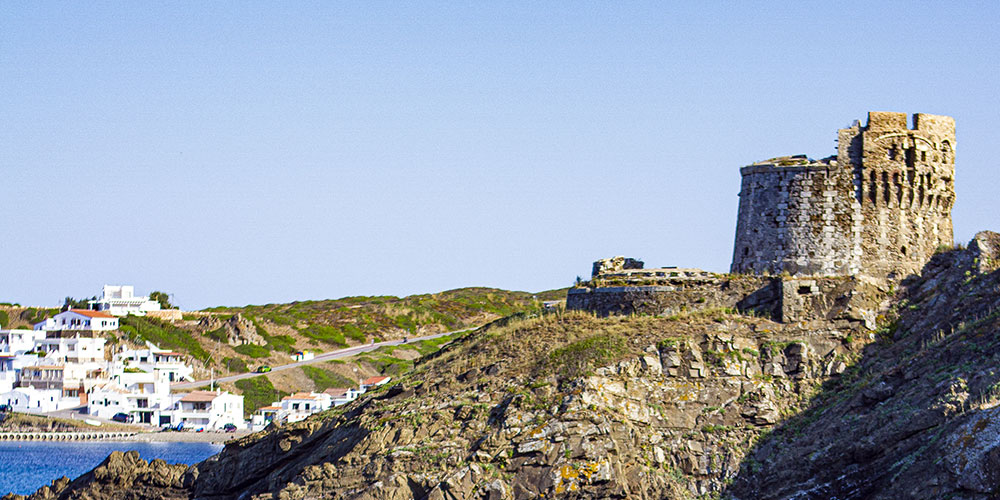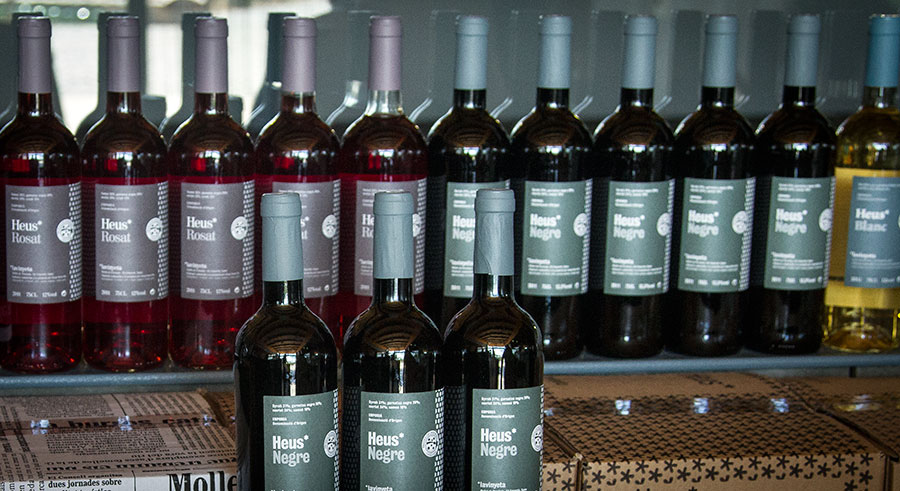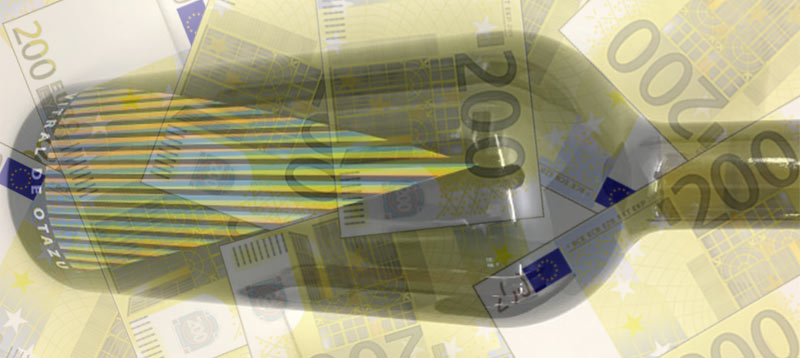Menorca, a veritable all-you-can-eat smorgasbord of beaches around a compact island, is more than just its sand and sun. There is a fantastic dose of history on the island, dating back thousands of years. There’s also a great food scene, which revolves around the quite fantastic Maó/Mahón cheese that they make. Then of course, there are the wines.
By no means is Menorca like Mallorca. Its big brother to the south has over 60 wineries in two DO’s. Menorca is much, much smaller with just a handful currently producing and three more with young vineyards that need another year or two before they can start harvesting. Despite this, the wines are unique and interesting, capturing all the wild herbs that abound across the island. Taking a break from working on our Empordà wine guide, we headed out there for some sun and grapes, although there are only three wineries that currently offer full public visits.
 Our initial impression of Binifadet was well, wariness. From a card at the car rental counter, to large billboards by the airport, to other promotional items, they really, really get their name out there. It often happens that wineries who have to advertise this heavily are making up for lackluster wines. But, as we found out, this wasn’t the case at all.
Our initial impression of Binifadet was well, wariness. From a card at the car rental counter, to large billboards by the airport, to other promotional items, they really, really get their name out there. It often happens that wineries who have to advertise this heavily are making up for lackluster wines. But, as we found out, this wasn’t the case at all.
Officially started in the location where you see it now in 2000, they produce 50,000 bottles of wine from about 10 hectares of vineyards that slide up behind the winery that you see from the road. The winery itself is quite pleasant to visit with a patio out, bedecked in tables and a dappling of shade from trellised vines overhead to take the edge off the sun. Inside, the cellars are quite cool as they’ve dug deep down in to the limestone base that seems to comprise all of Menorca.
Their entire line of wines was overall, quite good. Out of all the wines, it was the Syrah 2011 that was probably our favorite. With a strong fennel aspect and a mellow, pleasing acidity to the body, it’s one of the more unique takes on Syrah we’ve encountered in some time. Their aged, Merlot 2005 was also tasty, but in a way that is much more like a New World style of wine with larger (but not overpowering) oak elements and dark, wet fruits to the nose and body.
In the middle of the island, just north of Ferreries is Hort de Sant Patrici. For some time they’ve been making really good cheeses. And while their pasteurized cheeses are quite good, those produced with raw milk are fantastic, with the aged one tasting like the finest Parmesan you’ll ever find.
In 2002, they branched out in to wines and have been going strong. With a dizzying amount of production methods that they’re always trying, we found their Merlot 2009 to show the best qualities typical of Menorca wine with its nicely herbaceous nose and a slight slate aspect coming in to the body as it breathes. It can be quite hot on the palate though as the alcohol runs 14.5%. The Cupatge 2008 is a more evenhanded and round though, developing cantaloupe and peach textures as it breathes with a much more toned down acidity. Even still, the body can come up a bit short.
 On the far west side of the island, a bit south of Ciutadella is Binitord. A small winery started in 2007, they built it inside an old stone quarry. While nowhere near the size of the impressive Lithica quarry that you can tour, it provided enough space to have a winery that produces about 12,000 bottles a year and is growing year by year.
On the far west side of the island, a bit south of Ciutadella is Binitord. A small winery started in 2007, they built it inside an old stone quarry. While nowhere near the size of the impressive Lithica quarry that you can tour, it provided enough space to have a winery that produces about 12,000 bottles a year and is growing year by year.
All of their wines are quite distinct, especially the Blanc 2011 which has a portion of Merlot in it, making for a partially “blanc de noir” style of wine. The Negre 2010 is a wholly enjoyable blend of Cabernet Sauvignon, Syrah, Tempranillo, and Merlot. It proudly boasts its distinct herbaceous qualities. The Negre Roure (Criança) 2009 picks up on the nice parts of the younger wine and produces a well-balanced, thoroughly wonderful wine. With a nose of dried figs and a nice swath of earthiness, it’s full and luscious, but still holding its acidity and tannin structures, making it a wine with something for all red drinkers.
In the end, the wine scene of Menorca, while not huge, is quite interesting and as it matures, it feels like they’ll work more to embellish these herbal, spicy elements that make their wines taste so different from the others in Catalonia and Greater Spain. It should be noted that if you do visit and fly with just carry-on (like we did, ahem…), if you buy a case of six bottles, most of the wineries will ship it to Spain free of charge (like we did, ahem…)



